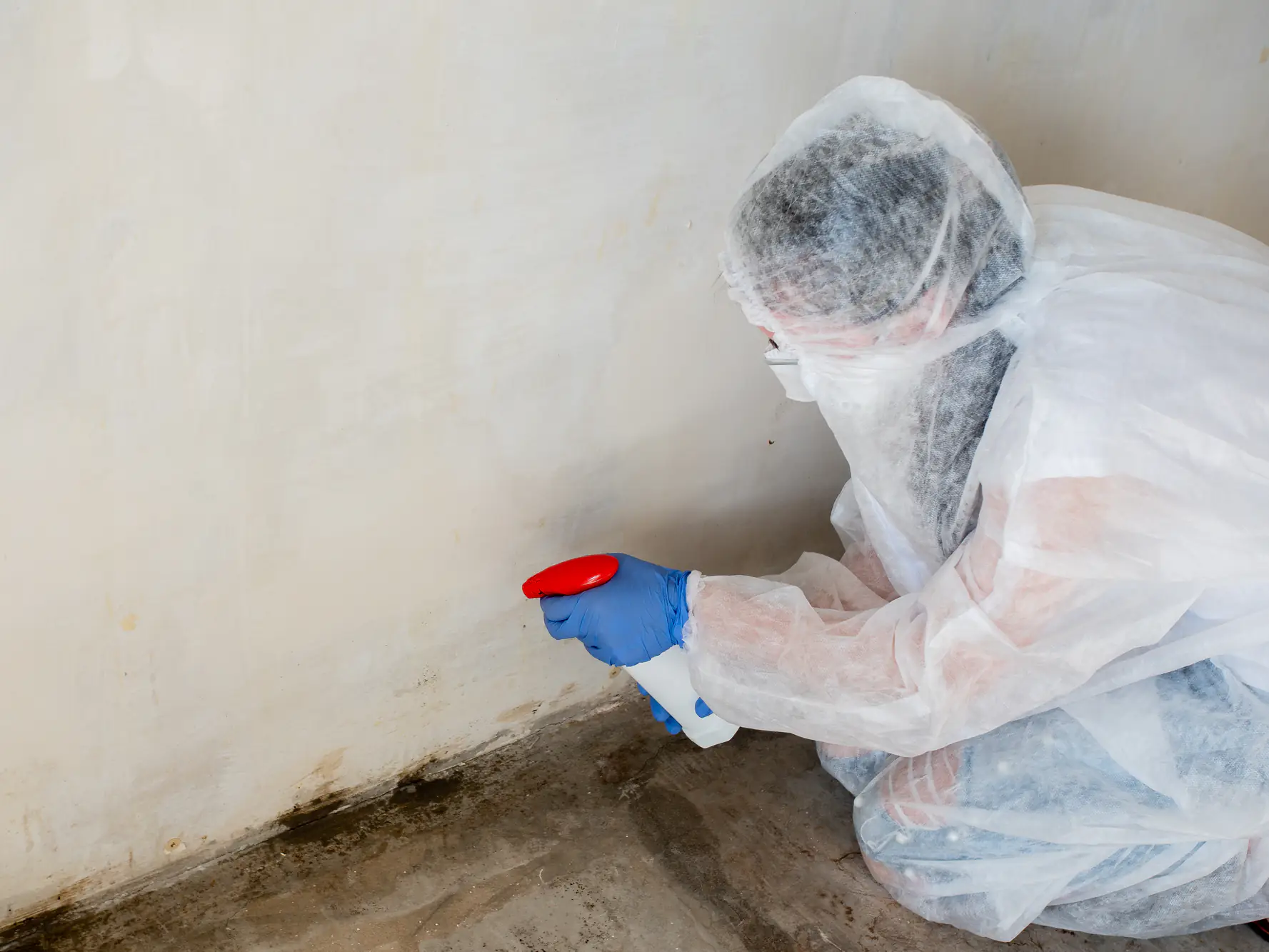
Hear from Our Customers
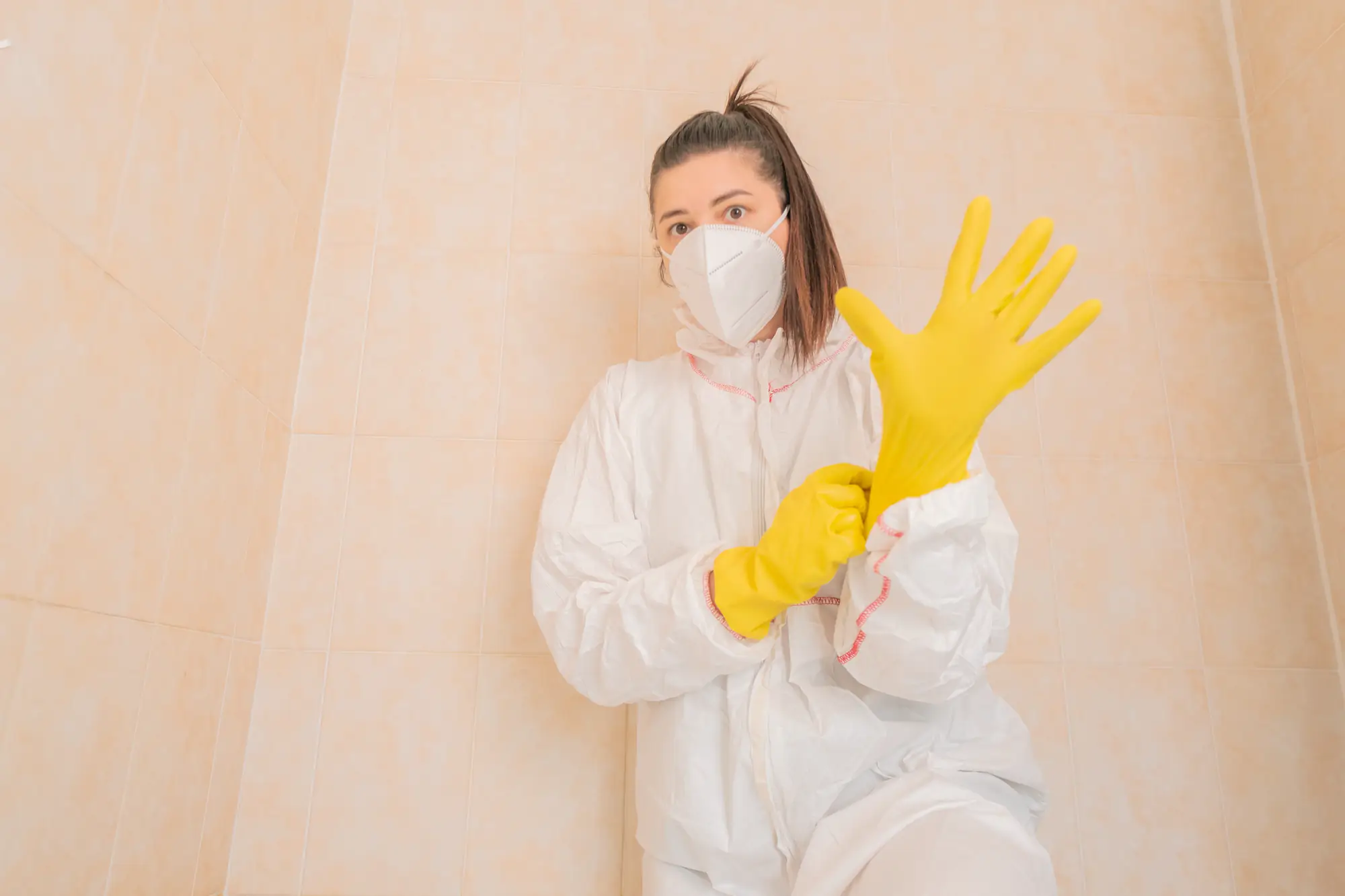
When mold is gone, life gets better fast. No more mysterious headaches that clear up when you leave the house. No more wondering if that musty smell is making your kids sick. No more sleepless nights worrying about what’s growing behind your walls.
You get your peace of mind back. Your family’s health improves. Your home feels safe again—the way it should.
The difference is immediate and lasting when the job’s done right.
We’ve been protecting families throughout Bucks County for years. We understand how this area’s humid summers and damp winters create perfect conditions for mold growth—even in places you can’t see.
Every home in Milford Square faces the same challenge: moisture finds a way in, and mold follows. We’ve seen it in century-old farmhouses and brand-new developments alike.
That’s why we focus on more than just cleaning up what’s visible. We find the source, eliminate the problem, and make sure it doesn’t come back.
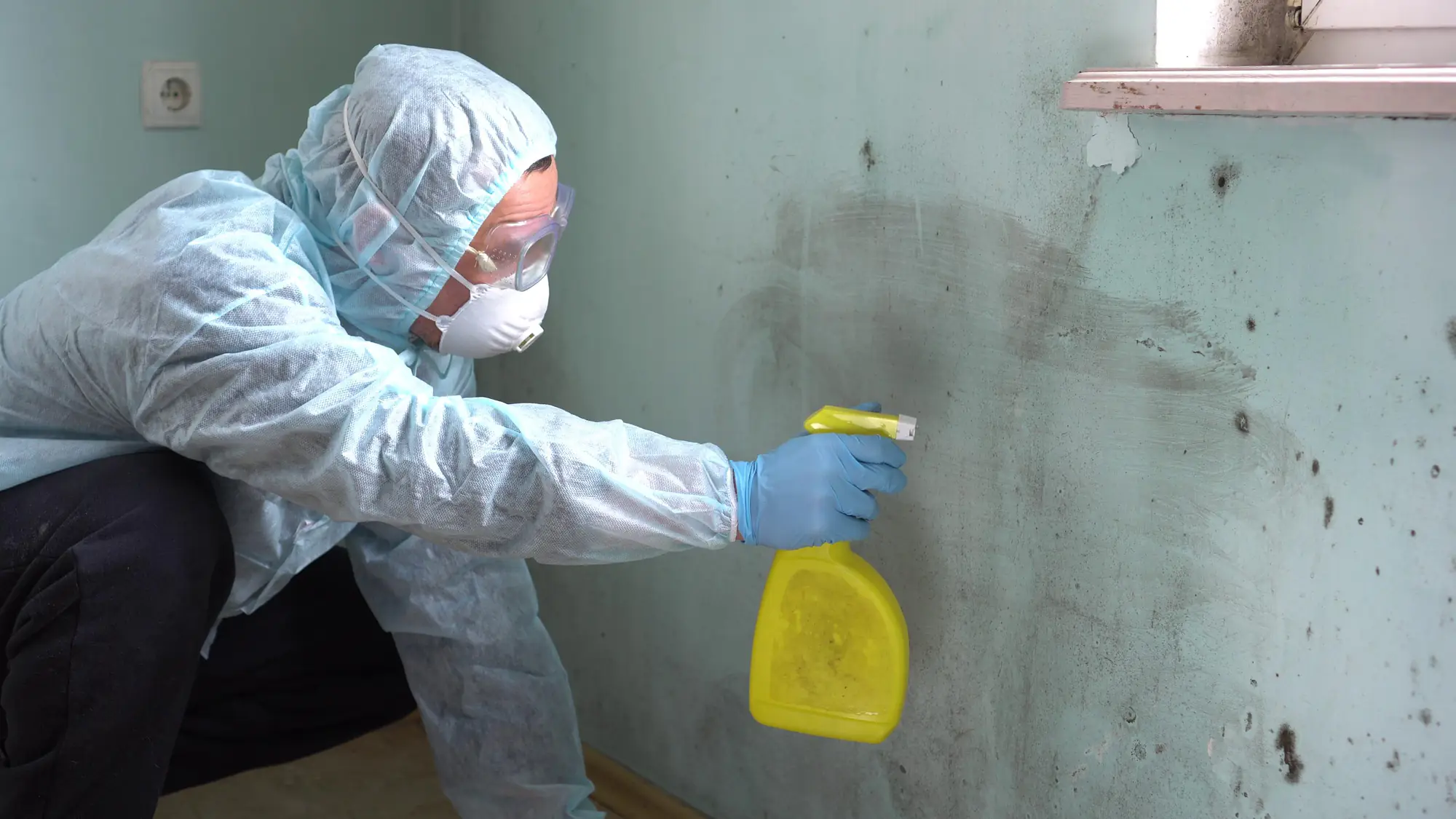
First, we inspect your entire property—not just the obvious spots. Our team uses advanced moisture detection equipment to find mold hiding behind walls, under floors, and in your HVAC system. You’ll know exactly what you’re dealing with.
Next, we contain the affected areas to prevent mold spores from spreading during removal. Then we eliminate the mold using professional-grade equipment and proven techniques that DIY methods can’t match.
Finally, we address the moisture source that caused the problem in the first place. Without fixing that, mold will just come back. When we’re done, your home is truly mold-free—and stays that way.
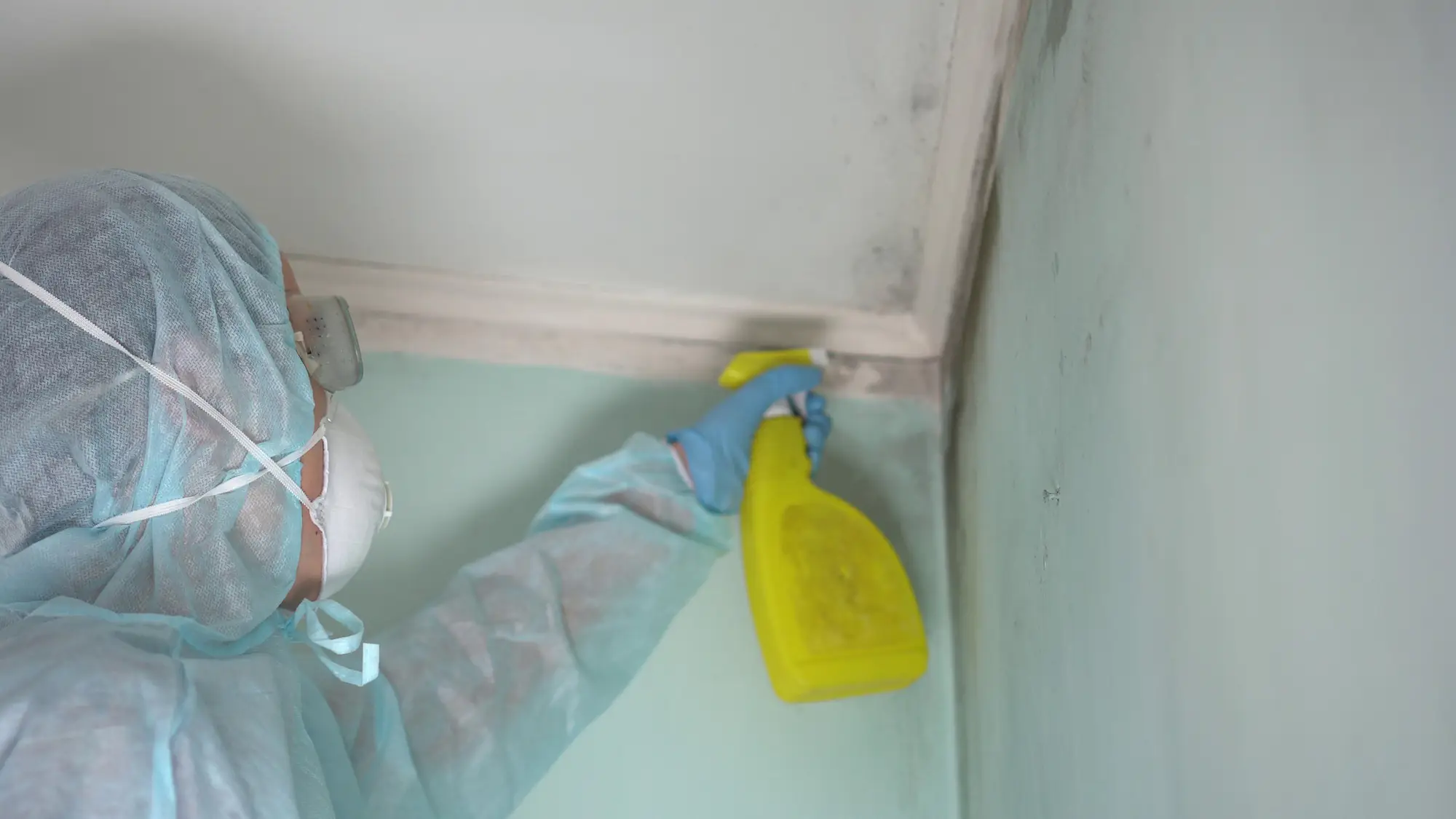
Ready to get started?
Our mold remediation service covers every aspect of the problem. We start with thorough mold testing and air quality analysis to understand exactly what’s happening in your home. Then we provide complete mold removal using industrial-grade equipment that homeowners simply don’t have access to.
But here’s what sets us apart in Milford Square: we know this area’s specific challenges. The Delaware River valley’s humidity levels, the way older homes settle and create moisture entry points, even how local weather patterns affect indoor air quality.
We also handle all the prevention work—sealing entry points, improving ventilation, and addressing the underlying moisture issues that caused your mold problem. Because cleaning up mold without fixing why it grew is just temporary relief.
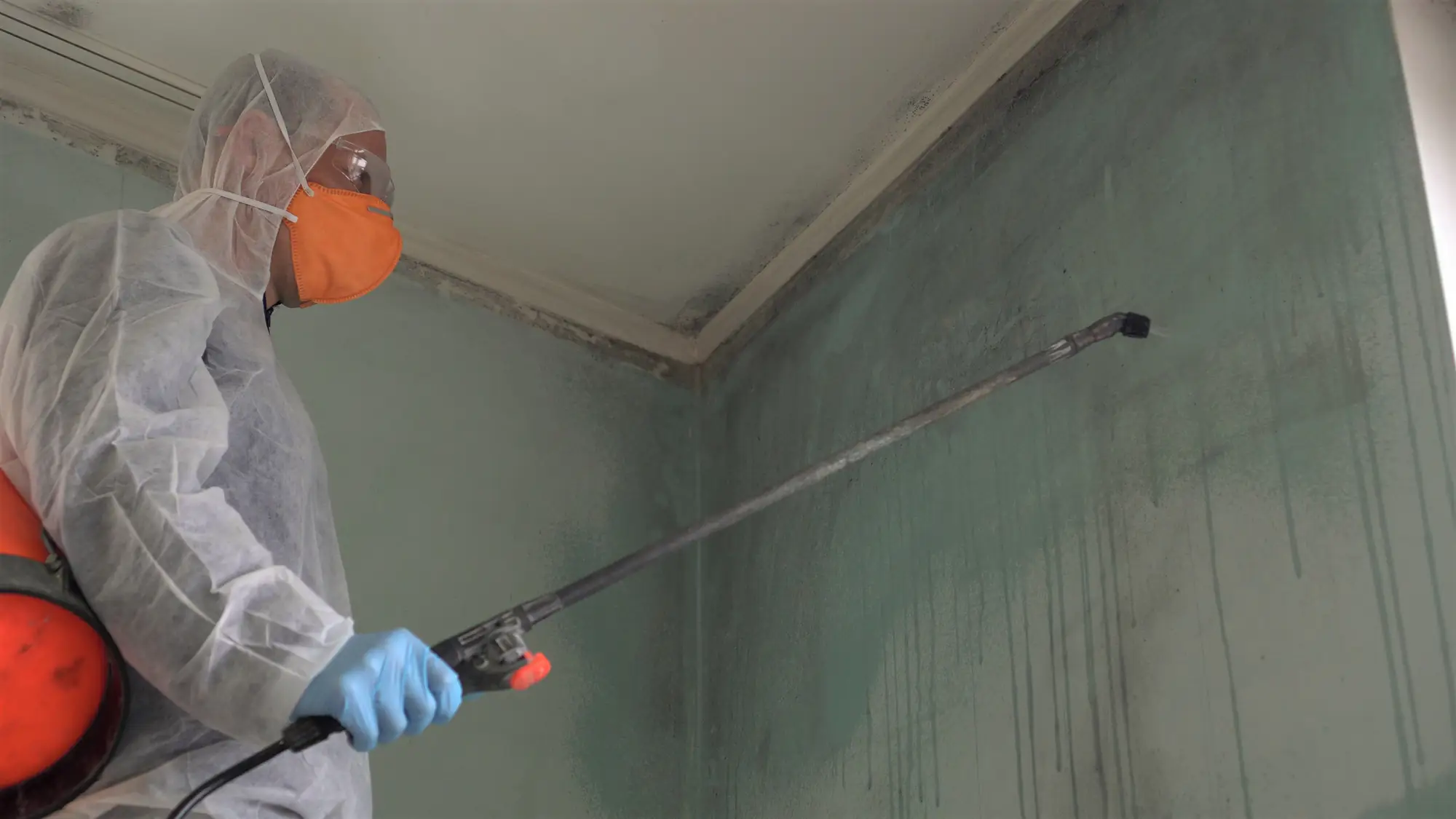
Mold can begin spreading within 24 to 48 hours after moisture appears. In Bucks County’s humid climate, this happens faster than in drier areas.
Once mold spores land on a damp surface, they start multiplying immediately. Within days, you’ll have visible growth. Within weeks, it can spread throughout your HVAC system and into other rooms.
That’s why timing matters so much. The sooner you address a moisture problem or suspected mold growth, the easier and less expensive it is to fix.
Mold exposure affects everyone differently, but the symptoms are real and can be serious. Common issues include persistent coughing, sneezing, watery eyes, and skin irritation that seems to have no other cause.
More concerning symptoms include chronic sinus infections, headaches, fatigue, and difficulty breathing. Children, elderly family members, and anyone with compromised immune systems face higher risks.
The tricky part is that mold symptoms often mimic allergies or colds, so people don’t realize their home is making them sick. If you feel better when you’re away from home, mold could be the culprit.
Small surface mold on non-porous materials like tile can sometimes be handled with proper precautions. But most mold problems require professional treatment for several important reasons.
First, mold often grows in hidden areas—behind walls, under flooring, in ductwork—that you can’t reach or even see. Second, disturbing mold without proper containment spreads spores throughout your home, making the problem worse.
Professional equipment like industrial air scrubbers, moisture meters, and specialized cleaning agents aren’t available to homeowners. We also know how to identify and fix the moisture source, which is crucial for preventing regrowth.
Mold remediation costs depend on the extent of the problem, the areas affected, and the underlying moisture issues that need fixing. Small, contained areas might cost a few hundred dollars, while whole-house remediation can run several thousand.
Here’s what affects the price: the size of the affected area, whether structural materials need removal, how accessible the mold is, and what’s required to fix the moisture source. Hidden mold in walls or HVAC systems costs more to address than surface growth.
The key is getting an accurate assessment upfront. We provide detailed estimates that break down exactly what work is needed and why, so you can make informed decisions about your family’s health and your home.
Bucks County’s climate creates ideal mold conditions—warm, humid summers followed by damp winters. But specific problems usually trigger mold growth in local homes.
Common causes include basement moisture from poor drainage, roof leaks that go unnoticed, plumbing issues behind walls, and inadequate ventilation in bathrooms and kitchens. Older homes often have settling issues that create new entry points for moisture.
Even newer homes can develop problems from construction moisture that wasn’t properly dried, or from HVAC systems that don’t adequately control humidity levels. The key is identifying and fixing these moisture sources, not just cleaning up the mold.
A proper mold remediation includes post-treatment testing to verify that mold levels have returned to normal. We use air sampling and surface testing to confirm the work was successful.
You should also notice the elimination of musty odors, and any health symptoms related to mold exposure should begin improving within days to weeks after completion. Visual signs like discoloration or visible growth should be completely gone.
We also provide documentation of our work and testing results, which is important for your records and valuable if you ever sell your home. Plus, we address the underlying moisture issues, so you shouldn’t see mold returning in the same areas.
Other Services we provide in Milford Square